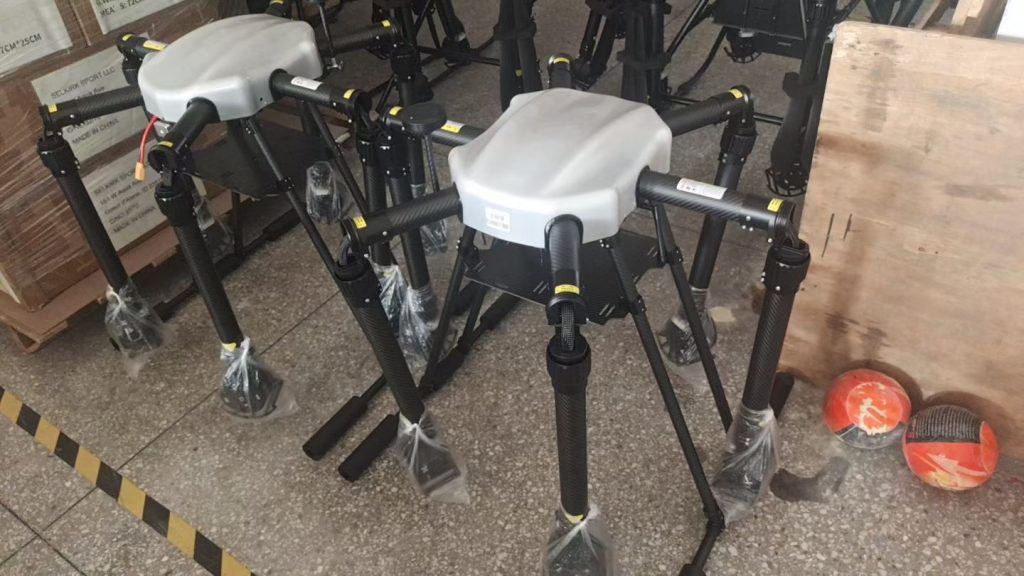
Wings Over the Isle: How Chinese Agri-Drones Are Nurturing Tradition on Manx Farmland
The Isle of Man, a diamond-shaped jewel floating in the Irish Sea, is a land of mist-cloaked hills, stone-walled fields, and farms that have hummed with the same rhythms for centuries. Here, agriculture isn’t just a livelihood—it’s a thread connecting generations. Family-run plots, most no larger than 10 hectares, tend to potatoes, oats, and hardy Manx sheep, while coastal pastures feed herds of dairy cattle. Yet beneath this idyllic surface, challenges fester. An aging farmer base (the average age hovers near 60), a shrinking rural workforce as young Manx move to Liverpool or Manchester, and increasingly erratic weather—wetter winters, hotter summers—threaten the survival of these intimate, heritage-rich operations. It’s here, amid the call of curlews and the scent of peat smoke, that an unassuming tool is taking flight: agricultural drones imported from China, now gliding over Manx fields to prove that even the smallest, most tradition-bound farms can thrive with the right innovations.
Manx Farms: Small Plots, Big Struggles
Manx agriculture is defined by its scale and soul. In the north, near Ramsey, fields of golden oats sway beside stone walls built by Vikings; in the south, Castletown’s dairy farms dot the landscape, their herds grazing on clover-rich pastures. Yet for all its charm, farming here is a daily act of resilience.
“My farm is in Jurby, a village where my great-grandfather first plowed the soil in 1880,” says Thomas, a 63-year-old potato farmer. “Today, it’s just me and my granddaughter, Ella. Hand-spraying pesticides on 5 hectares takes two days—by then, the aphids have already devoured half the crop. And last winter’s floods? They washed away 20% of my seedlings. Younger folks? They’re off to cities. Who will tend these fields if we can’t make farming sustainable?”
Climate change has sharpened these strains. Warmer autumns have extended the growing season, but also brought new pests, like the potato cyst nematode. Wet springs delay planting; dry summers stress crops. Meanwhile, the Isle of Man’s push to cut pesticide use by 40% by 2030—part of its commitment to EU environmental standards—means farmers must balance efficiency with sustainability. “We can’t afford to waste resources,” adds Margaret, who runs a family sheep farm in Arbory. “But doing it by hand? It’s impossible. I can’t keep up with checking every lamb for illness.”
Drones Built for the Isle’s Spirit
When we first explored exporting to the Isle of Man, we didn’t just send drones designed for larger, flatter landscapes. We studied the island: its small, fragmented fields, the way farmers navigate narrow boreens (country lanes) on foot, and the urgency of precision in a place where every hectare matters. What emerged was a design tailored not just to the Isle, but to its people.
Compact and coastal-ready: Weighing just 9 kilograms, our drones fold into water-resistant cases, easy to carry up Jurby’s grassy hills or across Castletown’s cobblestone paths. Their corrosion-resistant frames withstand sea spray from the Irish Sea and dampness from Manx winters—critical in a place where farms hug the coast. “In the past, my old sprayer rusted in months,” Thomas says. “This drone? It’s still flying strong after two seasons of sea breezes and spring mud.”
Precision for small, sacred plots: Multispectral sensors map crop health at the leaf level, flagging early signs of drought or fungal infections. For Margaret’s sheep farm, this meant identifying overgrazed areas before they degraded. “The drone shows me where the grass is thin,” she explains. “I move the flock, and the land recovers. No more mud pits or lost lambs.”
Simple to learn, proud to master: Many Manx farmers are tech-savvy but value tradition. We designed a Manx-English bilingual app with one-touch “health scan” modes and paired it with workshops led by local agronomists in village halls, over guggy (Manx oatcakes) and snaefell (local cheese). “I thought drones were for tech cities,” admits Ella, Thomas’s granddaughter, now a farm assistant. “But after the training? I flew one myself. It’s like using a high-end camera—intuitive, and it makes me feel like I’m carrying on our legacy with the future.”
More Than Machines: Building Trust in the Heart of the Isle
In the Isle of Man, trust is earned over tea and toast and stories of harvest festivals past. We didn’t just ship drones; we set up a service hub in Douglas and partnered with the Manx Farmers’ Union to host “drone days” where farmers troubleshoot together and celebrate small wins. “Manx farmers are proud,” says Colin, the union’s rep. “They need to see results, not promises. But once they do? They become our loudest advocates.”
That trust deepened when we adapted to their reality. During last year’s record rainfall, we rushed waterproof drone cases free of charge. When Thomas struggled with tall potato stalks blocking spray paths, our engineers tweaked the drone’s flight height—no extra cost. “You didn’t just sell us a tool,” Margaret says. “You stayed when the sky wept. That’s family.”
Today, drones are weaving themselves into Manx farming soul:
-
Potato Fields (Jurby): Thomas now monitors his crop weekly, cutting chemical use by 38% and reducing runoff into nearby streams. “My yields are stable, but my conscience is clear. Ella’s even started a social media page showing how we farm with drones—young people are noticing.”
-
Sheep Farms (Arbory): Margaret uses drones to track lambing patterns, spotting struggling ewes hours earlier. “Last spring, I found a ewe with a breech birth before she went into shock. The drone saved her—and the lamb. I’ll never forget that.”
-
Dairy Pastures (Castletown): Farmer John uses drones to map pasture growth, optimizing grazing rotations. “Better grass means richer milk. My cheese now wins awards at the Manx Food Festival—and tourists love hearing about our ‘drone-tended’ sheep.”
A Future Where Tech Honors Tradition
What began as a business deal has become a partnership. Manx farmers teach us about their land: how drones handle the Isle’s strong coastal winds, which crops (like sea pinks) need gentler spray settings, even which Manx phrases make training stick (“Lhiattee, droni!”—“Fly, drone!”—is now a workshop joke). In return, we’re refining our drones: larger tanks for Jurby’s bigger potato fields, quieter motors to avoid spooking sheep, even frost-proof batteries for Arbory’s chilly winters.
As the Isle of Man aims to boost organic farming by 35% by 2035, drones offer more than efficiency—they offer hope. They let young farmers like Ella see a future tending land, not just chasing city jobs. They let elders like Thomas pass down knowledge without burning out. And they let this tiny island prove that even in a world of mega-farms, small plots can thrive with the right tools.
So when you next see a drone gliding over Manx potato fields or sheep pastures, know this: it’s not just flying. It’s carrying the dreams of a community, the lessons of a factory halfway across the world, and the quiet belief that tradition and innovation can grow—side by side, season by season.
After all, in a land where the soil is sacred, progress should feel like coming home.
THE END

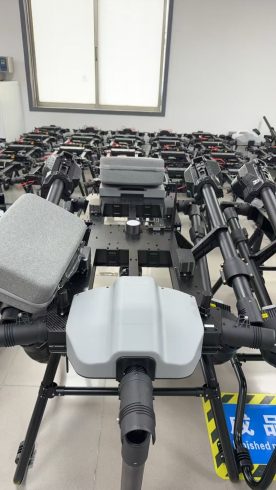
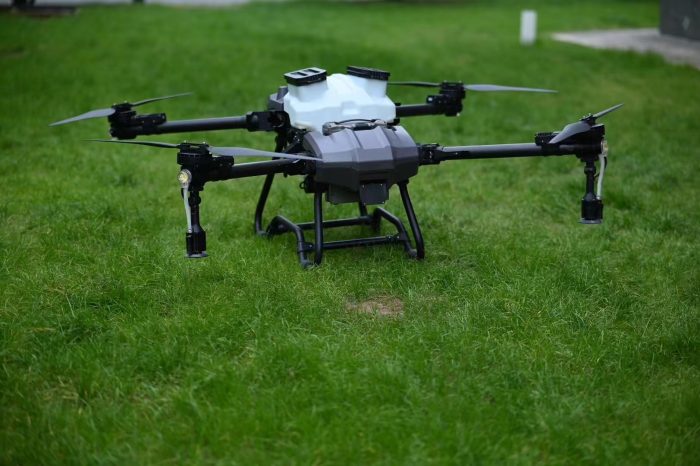
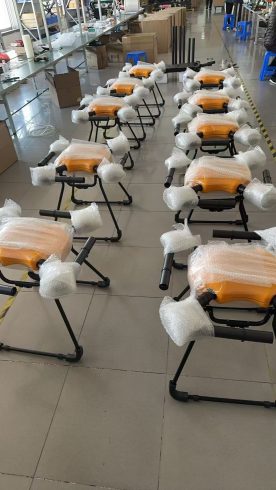
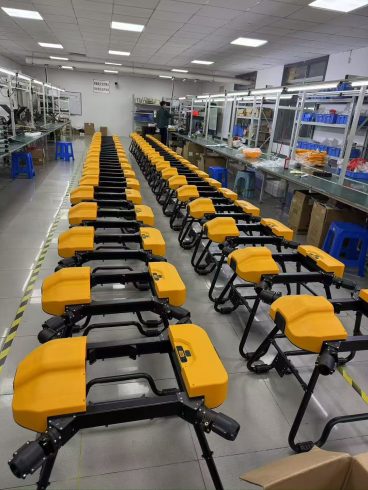


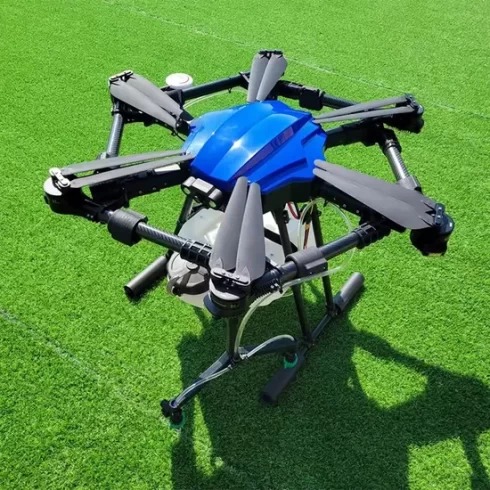


暂无评论内容